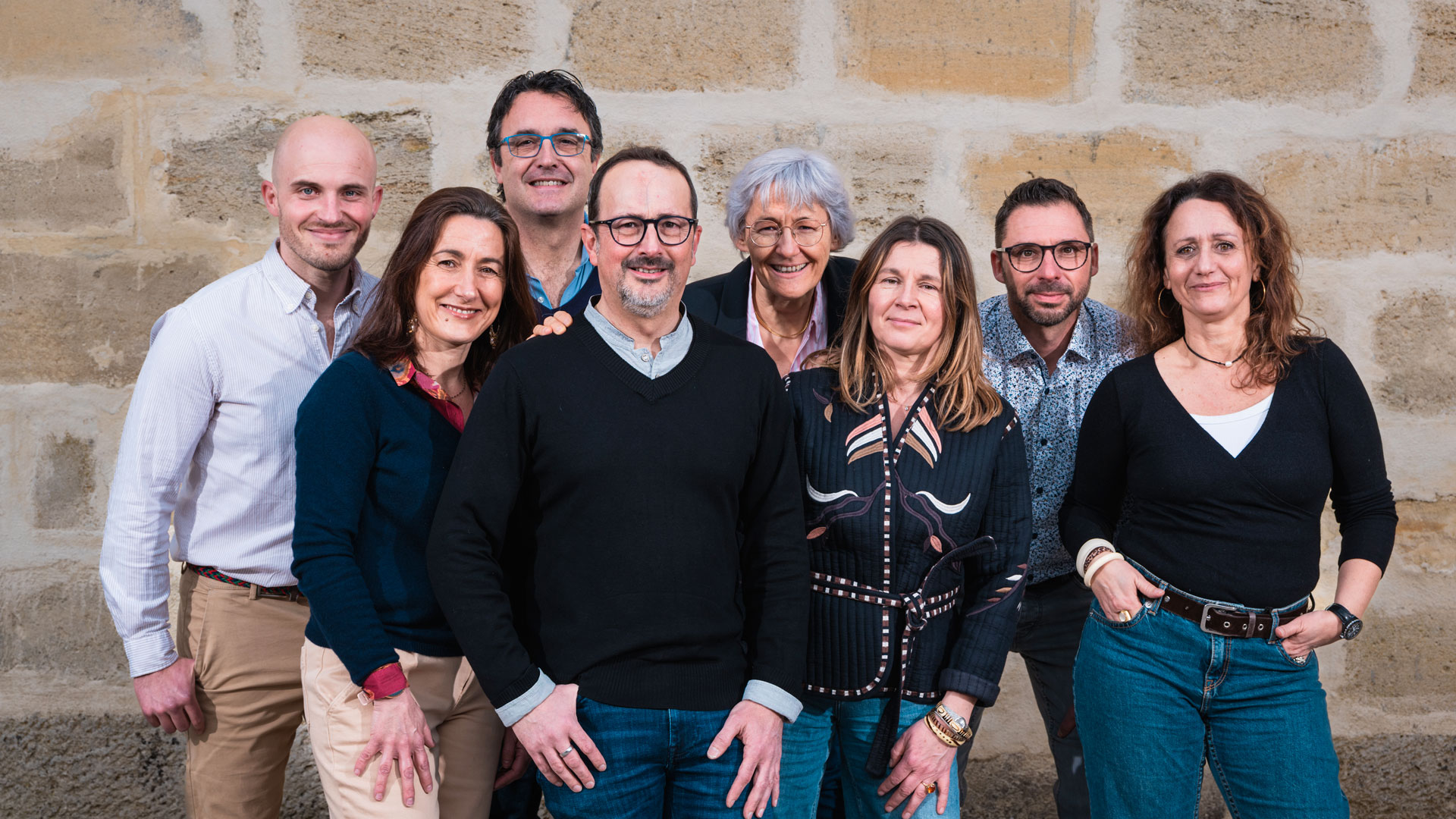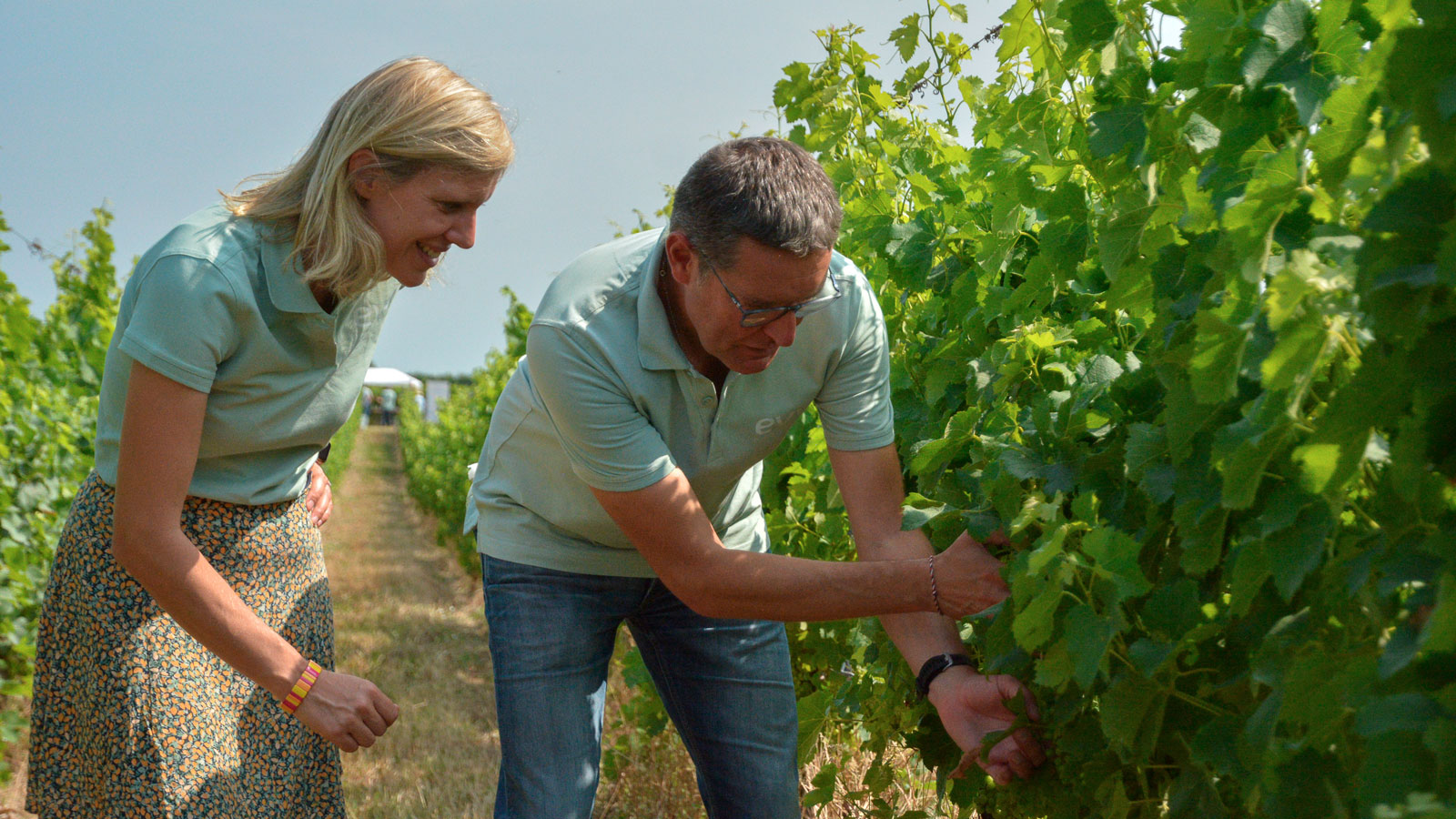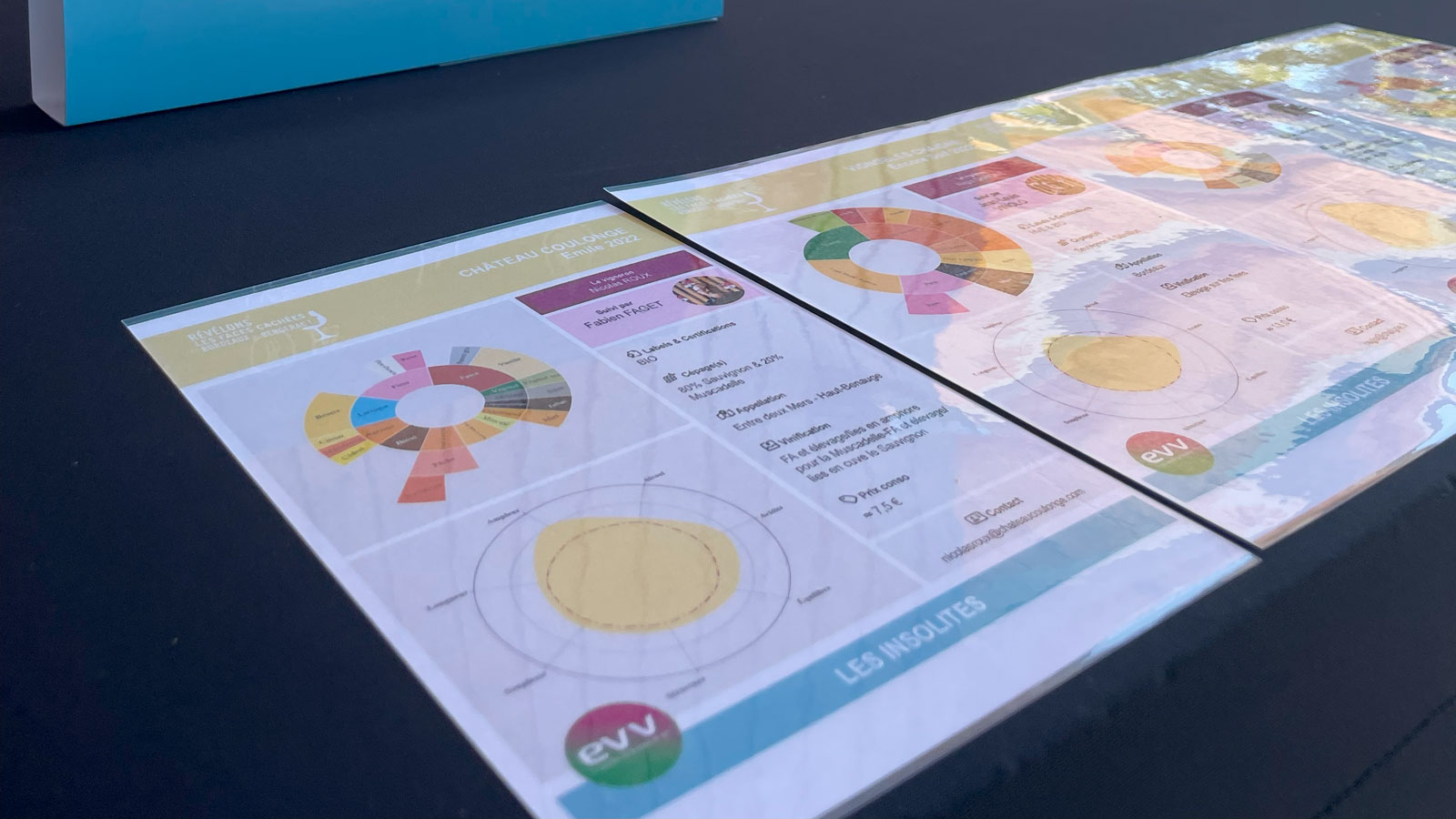Feedback

For over four years, EVV (Ensemble de la Vigne au Vin) has integrated Tastee into its daily workflow and into the services it offers to winegrowers. This strategic decision has transformed the way its teams share and synthesize their tastings, while also strengthening communication with clients.
Anaïs Bouchard, Head of Wine & Marketing at EVV, explains how Tastee has gradually established itself as an indispensable ally, serving precision, responsiveness, and the quality of tasting insights.

" From the outset, we had identified two main needs, expressed both by our oenologists and our clients.
The first was to allow our oenologists to taste wines together, either simultaneously or asynchronously, obtain an instant synthesis, and discuss from a clear and structured report. One of the strengths of a structure like ours is being able to quickly gather more than five expert opinions on the same wine, reinforcing our vision.
The second use case concerned supporting our clients in their marketing and communication needs. Today, their main challenge is selling their wines, which inevitably requires clear, visual, and differentiating communication tools. Tastee, with its ability to make the taste of wine tangible, seemed like a particularly relevant approach.
Since we have an in-house marketing team, we can create tailor-made materials that integrate the visuals generated by Tastee’s AI."
“Tastee allows us to quickly analyze tastings conducted by our oenologists, whether for client reports or internal evaluations. It is a shared tool between our oenology team and the marketing department. It also changes the dynamic within the team and in the relationship with clients.
It enables us to create a kind of ‘expert jury’, producing consolidated feedback for winegrowers. Even though each producer is followed by a single consulting oenologist, the cross-analysis from the whole team helps provide perspective and ultimately refine the technical recommendations.
Reports enriched with visual tools such as aroma wheels and palate radars foster deeper discussions between the oenologist and the producer.
On a more occasional basis, we also use Tastee for our annual event Les Faces Cachées de Bordeaux & Bergerac. For the past three years, we’ve presented between 100 and 130 cuvées at each edition to industry professionals (journalists, merchants, wine shops, buyers, restaurateurs, etc.). All of these wines are pre-tasted by our oenologists. With Tastee AI, we were able to rapidly synthesize all the tastings and produce detailed identity sheets for each wine. These materials are then shared with participants to help them better understand the cuvées and identify the ones that match their needs.”

“Before Tastee, tastings were done the traditional way—around a table, notebooks in hand. Tastee answers the need for rapid synthesis when tasting as a group. It saves considerable time and enables much more precise exchanges than a simple roundtable.
All comments are archived in the same place. Each note is automatically recorded and can be retrieved at any time. We have tracking for each vintage, and this history can be leveraged to help our clients get the most out of their terroir.
Another strength is the free-text commentary: it avoids imposing a single evaluation grid. Each oenologist can express themselves freely, without being forced into a standardized sheet that wouldn’t necessarily be interpreted the same way by everyone.”

“There are periods or types of tastings where Tastee is not as relevant—for example, during vinification, when the pace is intense and oenologists mainly taste wines still in progress. But as soon as the ageing stage begins, they return to group tastings.
Another increasingly strategic challenge for our clients is the commercialization of their wines. In this respect, we would like to go further with Tastee by connecting our product profile database to buyers’ expectations.
Together with the Winespace team, we are exploring the integration of parameters such as price and availability of cuvées. This would transform Tastee into a real market-access tool, making it easier to match producers’ offers with market demand.”
“Tastee highlights the synthesis of tasting comments in a graphical, clear, and instant way. Every stakeholder in the wine industry can benefit from it:
An agricultural engineer and trained oenologist, Anaïs Bouchard is today Head of Wine & Marketing at EVV, a Bordeaux-based company that supports winegrowers “from vine to wine”, with a strong focus on oenological consulting. Alongside her team of ten consulting oenologists and a laboratory, she works daily to shape the profile of wines to meet the expectations of an increasingly demanding market.
More information on EVV and Anaïs Bouchard